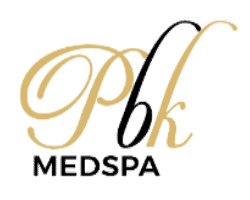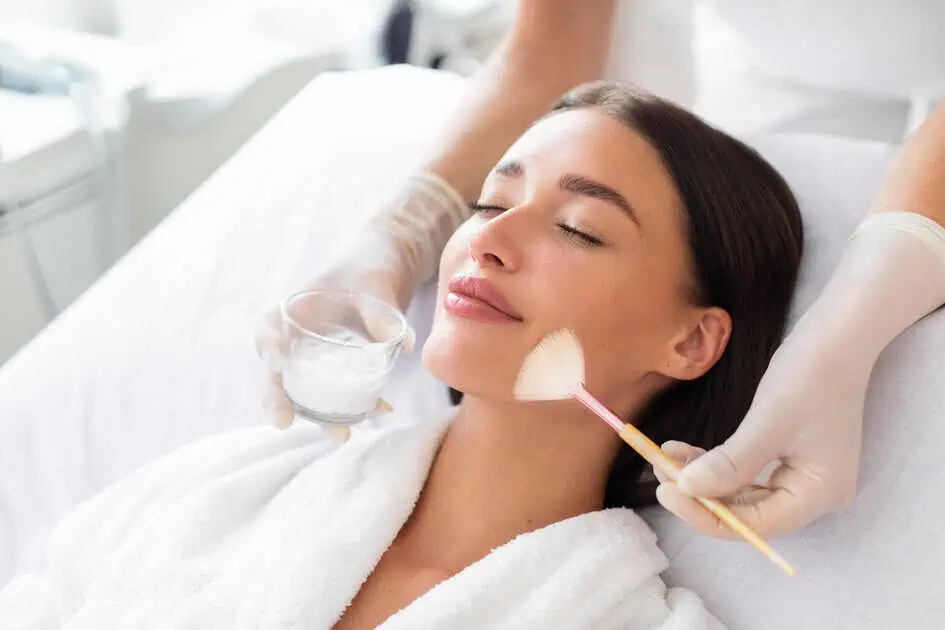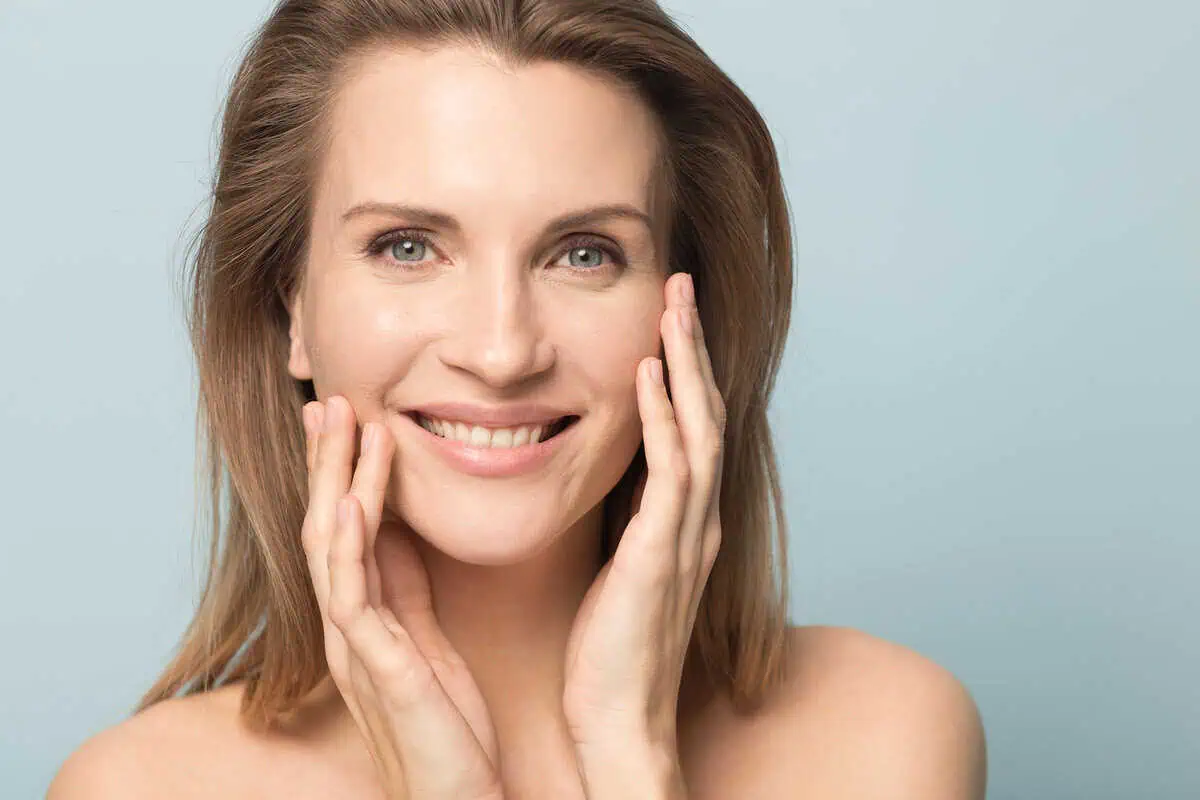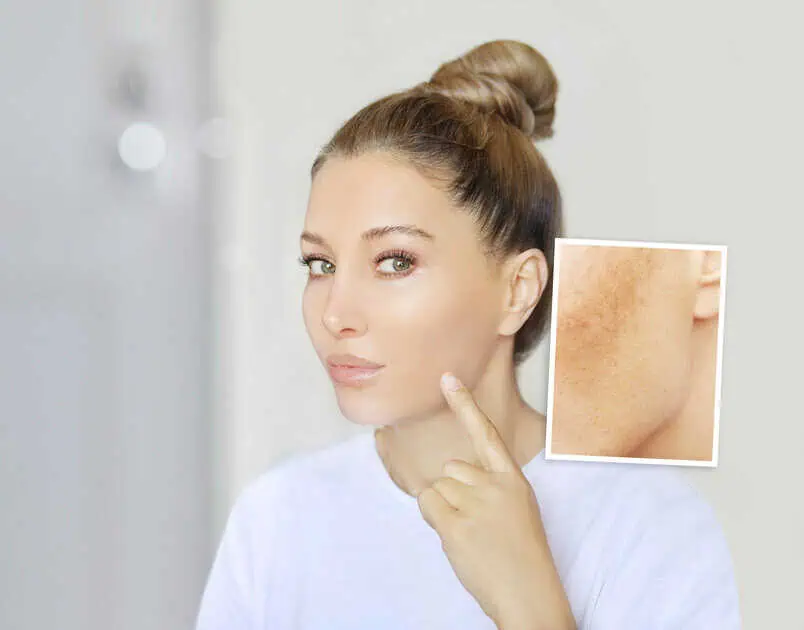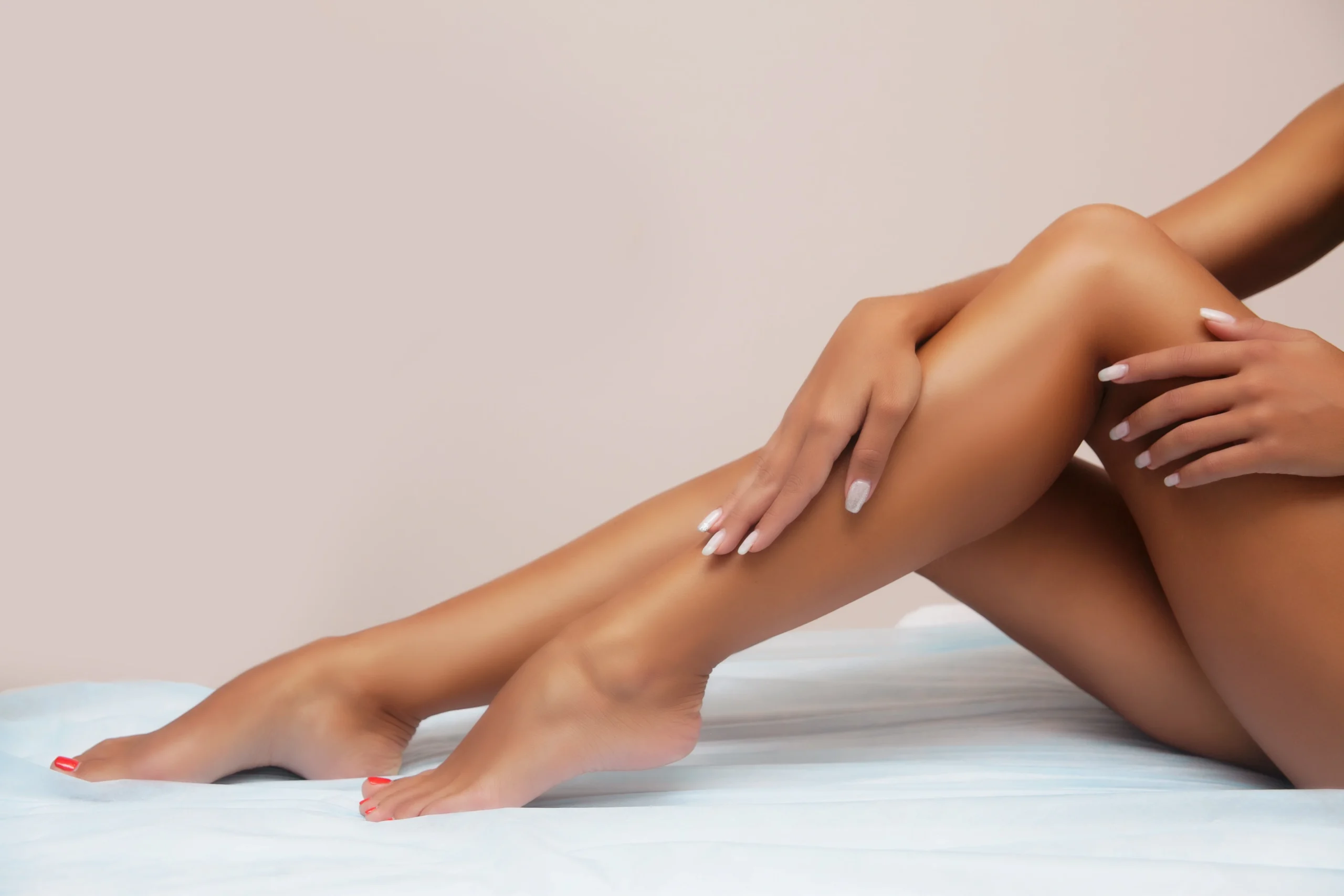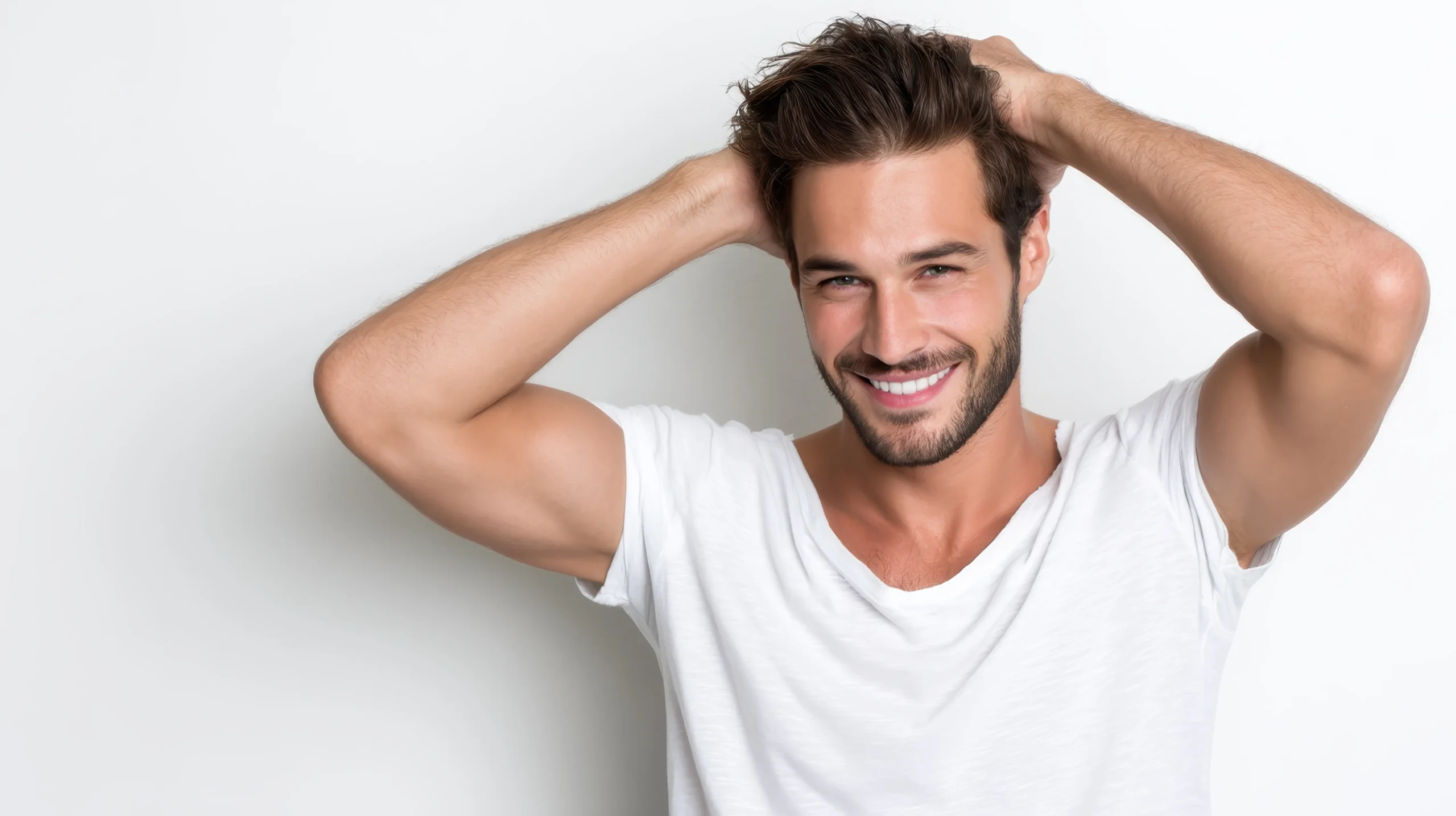Table of Contents
Hair loss is personal. It chips away at your confidence, often arriving slowly until one day, it’s undeniable in the mirror. Maybe you’ve cycled through serums, supplements, and shampoos without improvement. You’re not alone, and you’re not out of options.
PRP hair restoration has quickly become one of the most requested non-surgical treatments for thinning hair, especially among those looking for a natural solution. PRP might be worth a closer look if you’re searching for a treatment that works with your body rather than against it.
At PBK Medspa, clients considering PRP hair restoration in Brooklyn, NY, often ask the same questions: “What’s the process like?” “Will it help me regrow hair?” and “How soon can I see results?” We walk you through what to expect before, during, and after the procedure, so you can feel informed and empowered in your decision.
What is PRP Hair Restoration?
PRP, short for platelet-rich plasma, is taken from your blood. It contains a high concentration of platelets—cells rich in growth factors for a vital role in tissue repair & regeneration.
In PRP hair restoration, your blood is drawn & spun in a centrifuge to isolate the platelet-rich layer. This potent solution is injected into areas of the scalp experiencing thinning or shedding.
The idea is simple: stimulate dormant hair follicles and naturally promote the growth of thicker, stronger strands. Unlike harsh chemicals or surgical hair transplants, PRP uses your body’s healing mechanisms. That means minimal risk of reaction, no incisions, and virtually no downtime.
PRP Benefits
Many clients choose PRP because they are tired of band-aid solutions that don’t offer lasting improvement. Here’s what makes it stand out:
- Natural Hair Growth Treatment: Uses your body’s growth factors to encourage healthy regrowth.
- Minimally Invasive: No scalpels, no sutures, no lengthy healing periods.
- Quick In-Office Procedure: Sessions take about 60–90 minutes and require little recovery time.
- Safe for Most Individuals: The risk of allergy or rejection is extremely low because it’s autologous (from your own body).
- Noticeable Improvements: With a consistent treatment schedule, many see enhanced thickness, reduced shedding, and revived growth.
- Complements Other Treatments: Works well alongside microneedling, topical minoxidil, or low-level laser therapy.
- Improved Scalp Health: PRP growth factors don’t just stimulate follicles but also nourish the surrounding skin.
For many, it’s not just about hair—it’s about getting their self-esteem back.
Who Is This Best For?
PRP for hair loss isn’t a universal fix for all types of hair loss, but it’s highly effective in some instances. You may be a good candidate if:
- You’re noticing early-stage hair thinning rather than complete bald patches.
- You have androgenic alopecia (male- or female-pattern hair loss).
- You want a non-surgical, low-risk solution.
- You’re healthy, not pregnant, breastfeeding, or dealing with active infections.
- You’ve tried other approaches with limited or short-term results.
- You’re seeking a natural treatment that doesn’t involve foreign substances.
PRP is most effective when follicles are still alive but weak or dormant. A consultation can provide you with the best treatment for your situation.
What to Expect Before, During, and After
Let’s break down the process so you know exactly what happens and when.
Before Treatment: How to Prepare
- Avoid blood-thinning drugs (like aspirin or ibuprofen) a few days prior, as they can reduce platelet effectiveness.
- Wash your hair meticulously before your appointment to minimize scalp bacteria.
- Eat a light meal and hydrate well the day of your session.
- Avoid alcohol and smoking in the 24–48 hours leading up to treatment.
- Notify your provider if you have any infections, active skin conditions, or medical concerns.
During Treatment: What Happens in the Chair
- Step 1: Blood Draw – A small vial of blood is taken from your arm, just like in a standard lab test.
- Step 2: Centrifuge Processing – The blood is placed in a machine that spins it quickly to isolate the PRP.
- Step 3: Scalp Injections – Using a fine needle, the PRP is strategically injected into thinning areas of your scalp. The session usually takes under 90 minutes and is done entirely in the office. You might feel mild pinching or pressure during the injections, but numbing cream can reduce discomfort.
After Treatment: Recovery & Maintenance
- Minimal Downtime: The recovery process takes just a few hours. Most clients return to work the same day.
- Avoid hair washing, heat styling, and sun exposure for 24–48 hours.
- You may notice mild swelling, soreness, or tenderness, which typically fades within 1–2 days.
- No harsh products or coloring for at least 72 hours post-treatment.
Results Timeline
- First signs (like reduced shedding or better hair texture) may appear within 6–8 weeks.
- Full results typically take 3–6 months, depending on how your scalp responds.
- Three to four treatments, four to six weeks apart, are recommended for best outcomes.
- Maintenance treatments every 6–12 months can maintain regrowth.
Frequently Asked Questions
How long do PRP hair restoration results last?
With regular maintenance, results can last 12 months or longer. Longevity depends on your hair loss type, genetics, and overall scalp health.
Is PRP better than hair transplants?
PRP non-surgical hair regrowth stimulates existing follicles, while transplants relocate follicles. PRP can be a less invasive alternative if your hair loss is mild to moderate.
Can I combine PRP with other hair loss treatments?
Yes. Many providers recommend combining PRP with topical minoxidil or oral medications for enhanced results.
Will I need time off work?
No. Most clients return to work immediately after treatment with minimal side effects.
Is PRP safe?
Since it uses your blood, the risk of adverse reactions is low. However, you should not receive PRP if you are breastfeeding, pregnant, have an active infection, or have certain blood disorders.
PRP Hair Restoration in Brooklyn, NY
Hair thinning doesn’t mean you have to settle. PRP hair restoration offers a safe, natural, and minimally invasive way to support your scalp and encourage healthy regrowth, without surgery or extended downtime. If you’ve been searching for the best treatment for hair loss that aligns with your wellness goals, PRP might be the solution you didn’t know you needed. Contact PBK Medspa now!
Get Your Hair Treatment Today
At PBK Medspa, our team will evaluate your hair health and create the right plan. For those seeking the best treatment for hair loss aligned with their wellness goals, PRP could be just the answer you’ve been looking for. Get Your Personalized Treatment Plan by scheduling a consultation! and take the first step toward stronger, fuller hair.
